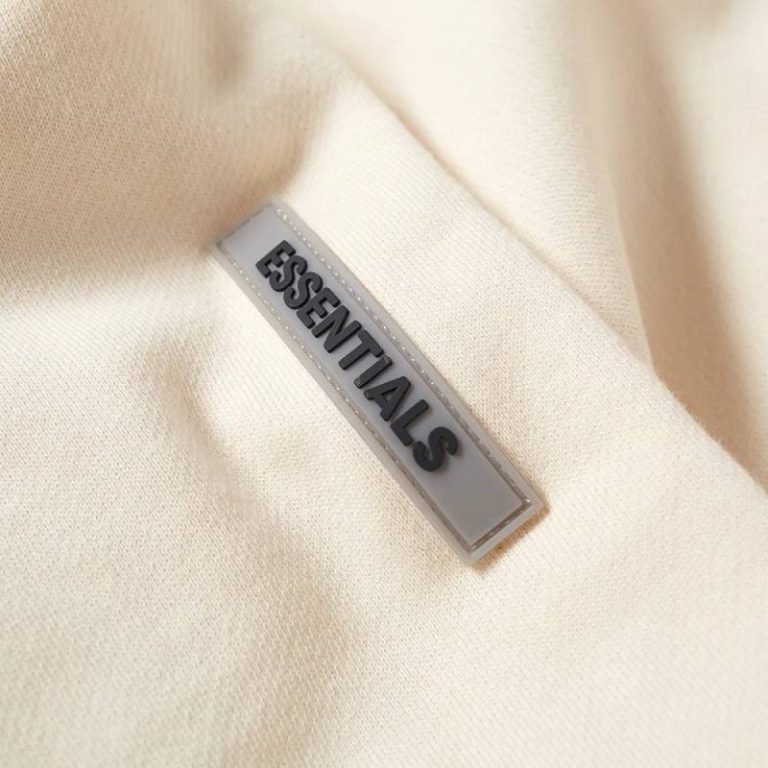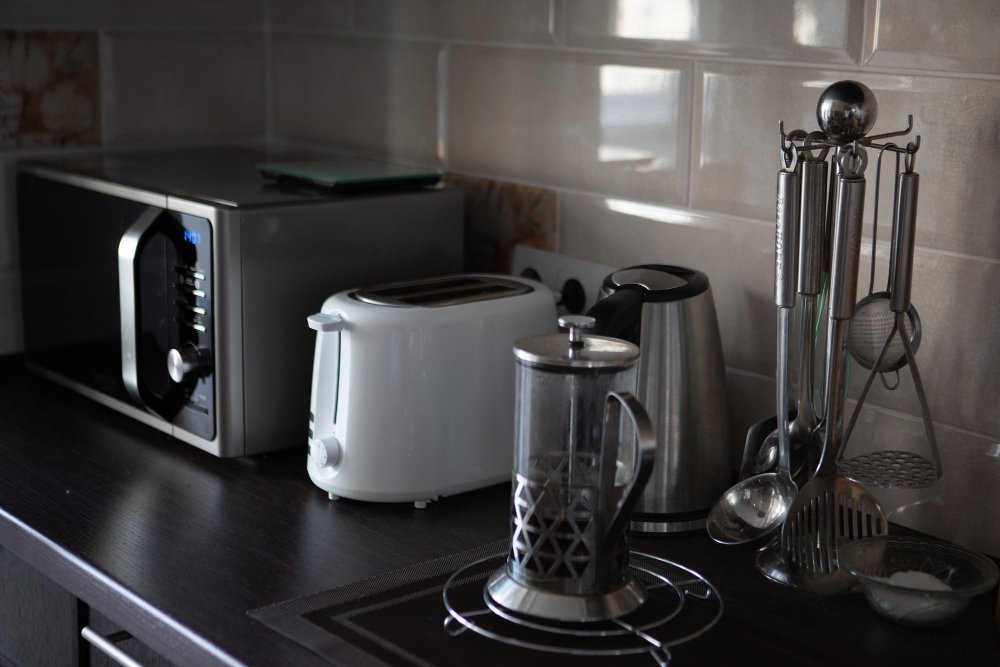Losing a beloved pet or family member is never easy. When it comes to saying goodbye, families often want to understand all the options available to ensure a respectful and meaningful farewell. Two commonly discussed methods for final arrangements are traditional pet cremation services mn services and aquamation. While both ultimately produce ashes, the processes behind them are very different. Understanding these differences can help families make informed decisions that align with their values, emotional needs, and environmental concerns.
Choosing a method is more than just a logistical decision, it reflects love, care, and respect for the life being honored. Many families also appreciate knowing what to expect, which can provide comfort during an emotional time.
Read more,
Traditional Cremation: Fire-Based Farewell
Traditional cremation after pet euthanasia mn is a time-honored and widely recognized process. It uses high heat to reduce a body to ashes. This method is available at most cremation services and has been trusted for generations.
The process typically involves placing the body in a cremation chamber, where intense heat carefully reduces the body to its basic elements. Cremation usually takes a few hours, depending on the size and condition of the body.
The ashes produced are generally coarse and require some processing to create a smooth, uniform texture. Families often choose to keep the ashes in an urn, scatter them in a meaningful location, or incorporate them into memorial items such as jewelry or keepsake boxes.
One of the main reasons traditional cremation remains the most common choice is familiarity. Many people have known friends or family members who have chosen this method, which can provide a sense of reassurance during a time filled with uncertainty and grief.
Aquamation: A Modern Alternative
Aquamation, sometimes referred to as water cremation or resomation, is a newer, environmentally conscious option. Unlike fire-based cremation, aquamation uses a gentle chemical process to accelerate natural decomposition.
In this process, the body is placed in a solution of water and alkaline chemicals. Over several hours, the solution breaks down the body, leaving behind ashes that closely resemble those from traditional cremation. One notable difference is that aquamation ashes are often finer and smoother than those produced by fire, and the process can result in up to 20% more ashes, giving families a slightly larger amount to memorialize.
Many families find this modern method appealing because it is less harsh, quieter, and generally considered a calmer process for both pets and loved ones.
Comparing Environmental Impact
A significant difference between aquamation and traditional cremation is the environmental impact. Traditional cremation consumes a considerable amount of fuel and emits carbon dioxide, particulate matter, and other gases into the atmosphere. This environmental footprint is a concern for many families looking for eco-friendly options.
Aquamation, on the other hand, uses far less energy and produces fewer emissions. The chemical solution used in the process is safe and biodegradable, leaving a much smaller environmental footprint. Families who are conscious of sustainability and the impact of their choices often consider aquamation a responsible alternative.
Factors to Consider When Choosing
Deciding between traditional cremation and aquamation depends on personal priorities, values, and circumstances. Some of the key considerations include:
- Familiarity: Traditional cremation is widely known and trusted. Families may feel more comfortable choosing an option they already understand.
- Environmental concerns: Aquamation offers a gentler approach that minimizes energy use and emissions.
- Ash quality and quantity: Aquamation produces finer ashes and often slightly more, which can be meaningful for families planning memorial keepsakes.
- Cost and availability: Depending on your location, one option may be more accessible or affordable than the other.
Ultimately, both methods are respectful and dignified ways to honor a pet or loved one. Choosing one over the other often comes down to a combination of emotional preference, ethical considerations, and logistical convenience.
Making a Peaceful, Meaningful Farewell
Both traditional cremation and aquamation allow families to create a lasting memory of their pet or loved one. By understanding the differences between these methods, families can make decisions that feel right for them. Whether it’s keeping ashes in an urn, scattering them in a meaningful location, or using them in a keepsake, both methods allow for personalization and remembrance.
It’s also important to remember that the process itself should reflect care, love, and respect. The most meaningful farewell is one that aligns with your family’s values and gives peace of mind knowing the loved one was treated with dignity.
Conclusion
While traditional pet cremation services mn, rely on fire and have been used for generations, aquamation provides a modern, environmentally friendly alternative that still produces ashes suitable for memorialization. Both options offer a dignified, peaceful farewell for pets or loved ones.
Choosing between traditional cremation and aquamation comes down to what matters most to your family, whether it’s familiarity, environmental impact, ash quality, or personal preference. The key is to ensure the farewell process reflects love, care, and respect, creating a meaningful closure during a deeply emotional time.











Leave a Reply